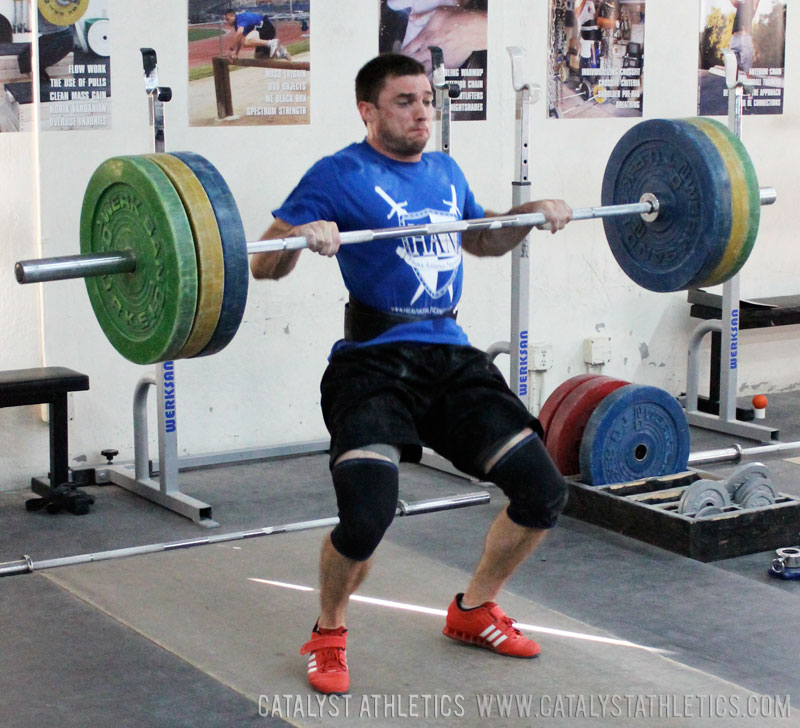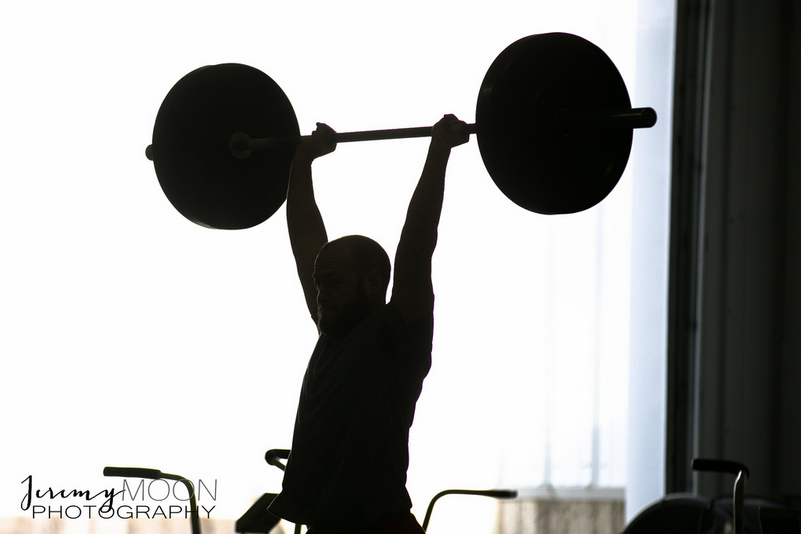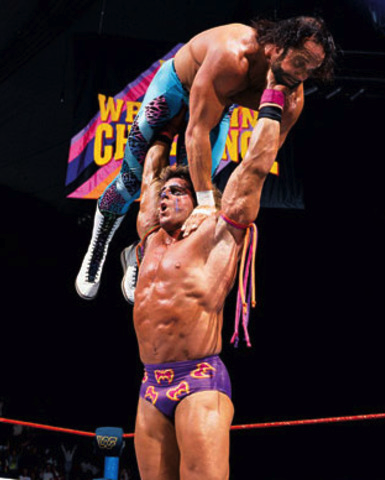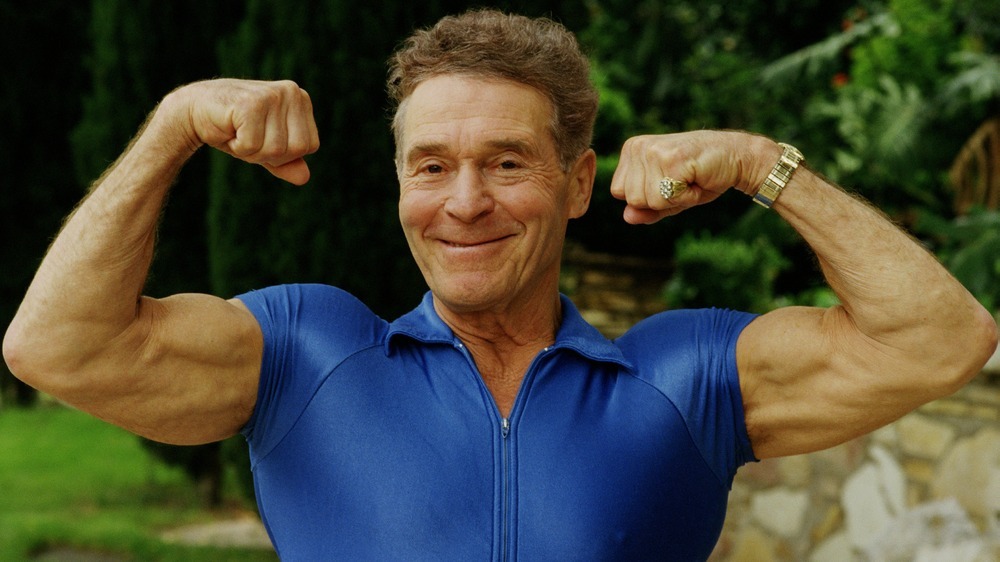Constantly Varied or Random?
At CVSC we pride ourselves in thoughtful, progressive programming that is meant to enable athletes to have meaningful exercise and measurable progress. This means that sometimes you'll see a workout you've done recently pop up again or movements vary in weight or intensity over a course of time. These are tell-tell signs of programming. As in, planning daily workouts around a long-term goal. Not just picking what sounds fun or brutal for the occasion. As an athlete that means that if you follow the programming & show up consistently, you can expect to see the progress intended. Keeping a log book and following the workouts are great ways to see progress. Here's an excerpt from a Breaking Muscle on the danger of poorly programmed gyms and cherry-picking athletes. Cherry-Picking and Birthday WODs: How to Stop the Madness
"Any time you cherry-pick your workouts, you are engaging in random, rather than constantly varied training. When you pull up tomorrow’s WOD on the gym website, see “5K run,” and opt to go down to a competing box to get a better ass-kicker, you are subverting your own progress. Presumably, the run is programmed by your coach for a reason, and if you opt out because you can’t stand running and would rather do something fun, your training has just become less effective.
When programmed correctly, you should be able to pull back to a bird’s-eye view and see a logical progression of like-kind and quality training sessions. Today may be a 5km run, but over the course of twelve weeks, you may notice that every Tuesday, there is some work toward better endurance.
What you see is a slow, but intentional upward progression. This should be supplemented by short aerobic power pieces, lactic endurance pieces, and other training during your week. But imagine if you look at the workout every Tuesday and think ,“Meh! Running again!” and just head on down to a competitors gym for “Double Grace.” Two things are happening:
- You are taking one piece of your own box’s puzzle and discarding it.
- You are taking a piece from a completely different puzzle and trying to jam it into your own."
Read the Full Article HERE
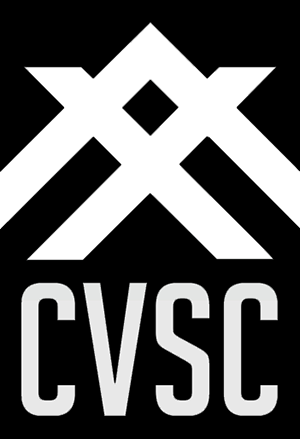

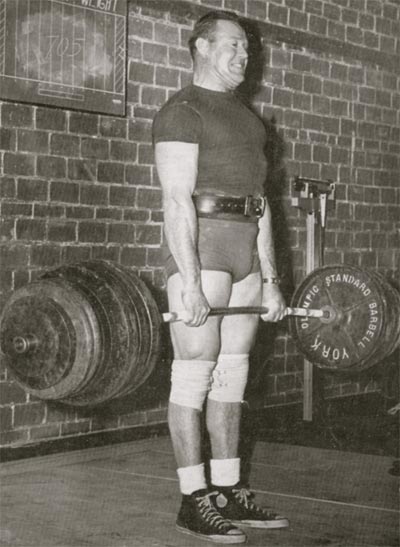




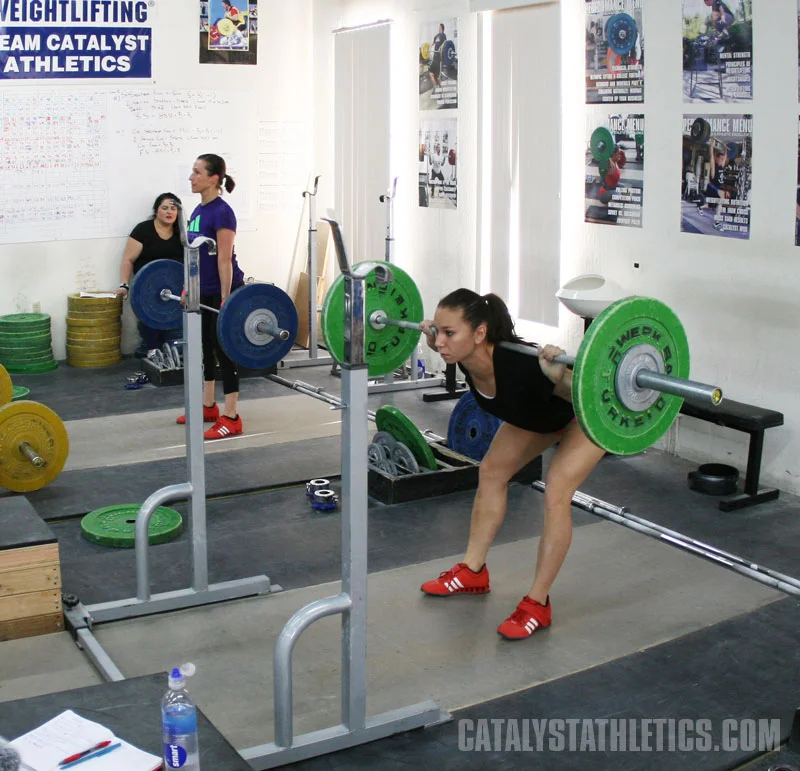
 For many people when they say 'core exercises' the only image that comes to mind is sit ups. As any CrossFit athlete can attest, there are many ways to create a strong midsection outside the standard situp, but its important to recognize that no amount of 'ab' workout will give you 6 pack abs on their own. We all know spot reduction is a lucrative myth perpetuated on every fitness magazine and website, to obtain visible abdominals (which is not indicative of health or fitness potential but rather genetics and low body fat %) require a low BMI & some musculature. The goal of the back and ab exercised listed below is not for "30 Day Abs", but rather to build a balanced and strong torso that will improve your form & performance. For a those who focus on weightlifting alone, this is especially important to program accessory movements into your schedule. Accessory work is not vanity and is a great compliment to compound movements. As Greg Everett put it,
For many people when they say 'core exercises' the only image that comes to mind is sit ups. As any CrossFit athlete can attest, there are many ways to create a strong midsection outside the standard situp, but its important to recognize that no amount of 'ab' workout will give you 6 pack abs on their own. We all know spot reduction is a lucrative myth perpetuated on every fitness magazine and website, to obtain visible abdominals (which is not indicative of health or fitness potential but rather genetics and low body fat %) require a low BMI & some musculature. The goal of the back and ab exercised listed below is not for "30 Day Abs", but rather to build a balanced and strong torso that will improve your form & performance. For a those who focus on weightlifting alone, this is especially important to program accessory movements into your schedule. Accessory work is not vanity and is a great compliment to compound movements. As Greg Everett put it,
